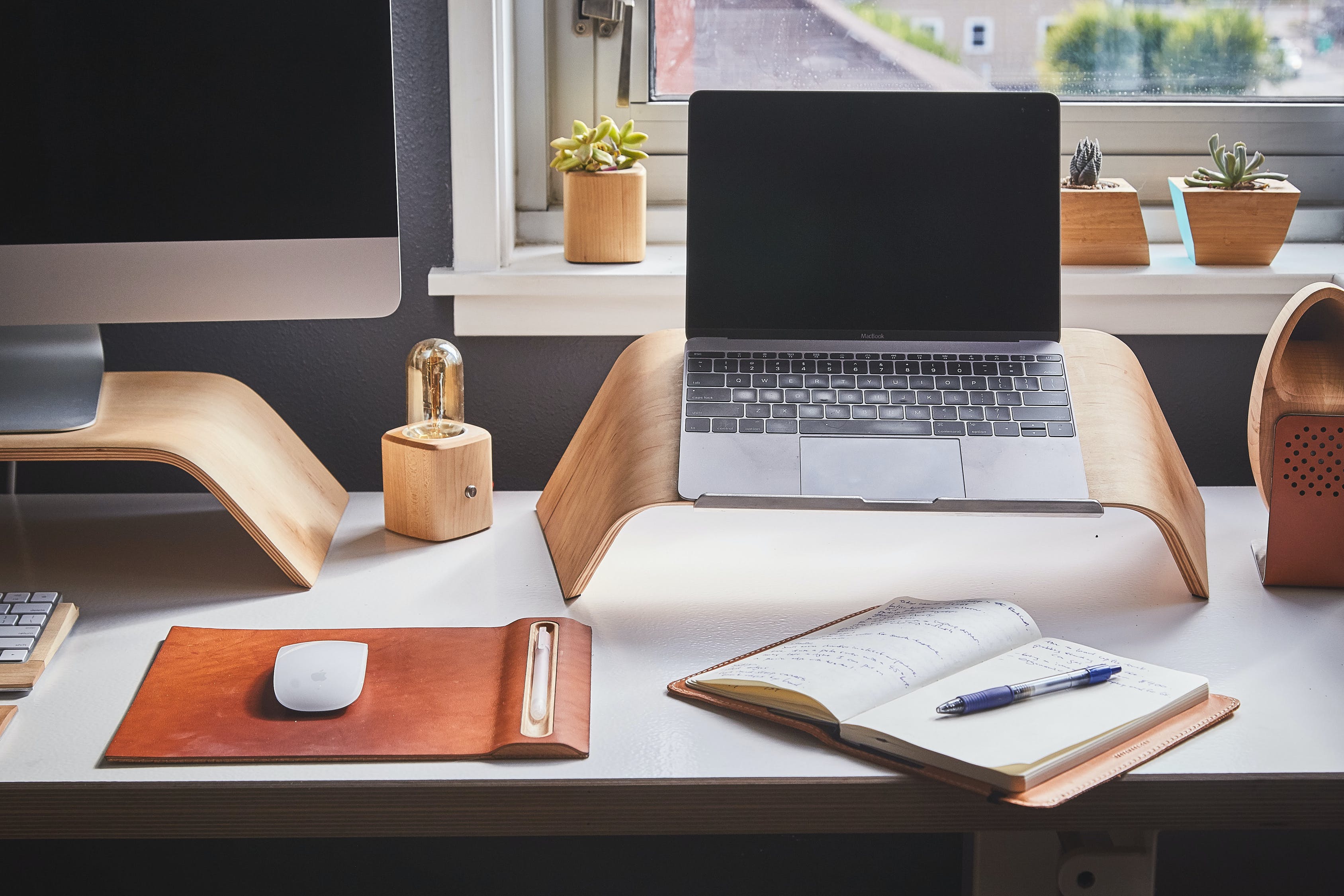
There are three methods for claiming home office deductions in your 2020 income tax return:
- Shortcut method (80 cents per work hour) – available 1 March to 30 June 2020;
- Fixed rate method (52 cents per work hour); and
- Actual cost method.
The Shortcut method includes all additional running expenses that you incur while working from home including:
- Electricity and gas costs;
- Decline in value (depreciation) of assets;
- Repairs and Maintenance;
- Cleaning costs;
- Phone costs and internet costs;
- your internet costs
- Computer consumables, such as printer ink and stationery
You don't have to have incurred costs in all the above only some of the categories.
If you use this method, you are not allowed to claim any other expenses home office expenses.
Fixed rate method allows you to claim for additional running expenses you incur when you work from home.
The fixed rate is 52 cents for each hour you work from home. The rate covers the following additional running expenses:
- Decline in value of home office furniture and furnishings;
- Electricity and gas for heating, cooling and lighting; and
- Repairs and Maintenance.
To using this method, you must:
- Record your actual hours spent working at home;
- Keep a diary representing a four-week period to show your usual pattern of working at home.
You can apply the four-week representative period across the remainder of the year to determine your full deduction amount. However, if your work pattern changes you will need to create a new record.
To use this method, you need to have a dedicated work area, such as a home office when you work from home.
Unlike the 80 cents per hour method, this method doesn't include the following expenses:
- Phone expenses
- Internet expenses
- Computer consumables and stationery – such as ink
- Decline in value of equipment – such as phones, computers and laptops.
To claim the work-related portion of these expenses you must have records such as:
- Tax Invoices / receipts or other written evidence that shows the amount spent;
- Phone accounts identifying your work-related use for a representative period.
Diary that shows:
- Four week period of your usual pattern of working at home;
- Any small expenses ($10 or less) that you can't get a receipt for totalling no more than $200
- Work-related internet use
- The percentage of the year you used depreciating assets exclusively for work.
Actual cost method
Using the actual expenses method, you work out your deduction from actual costs you incur as a result of working from home. This may include the following expenses:
- Electricity and Gas costs;
- Decline in value of home office furniture and furnishings;
- Decline in value of phones, computers, laptops or similar devices;
- Phone expenses;
- Internet expenses;
- Cleaning (if you use a dedicated area for working); and
- Computer consumables and stationery.
To work out the work-related portion of your actual expenses you must have records. You can either keep:
- Record of the number of hours you work from home during the income year;
- Diary for a representative four-week period to show your usual pattern of working at home;
- Work out the decline in value of depreciating assets (maintain receipts of purchases);
- Show percentage of the year you used the depreciating assets for work – you can claim the portion of the decline in value that reflects your work-related use;
- Cost of your cleaning expenses that relate to your work area;
- Cost light and power working out the following:
- the cost per unit of power used – refer to your utility bill for this information;
- the average units used per hour – this is the power consumption per kilowatt hour for each appliance, equipment or light used; and
- the total annual hours used for work-related purposes – refer to your record of hours worked or your diary for this information.
- Cost of your phone or internet plan expenses; and
- Cost of computer consumables and stationery by keeping receipts for the items purchased.
If you would like to discuss further please contact us:
McNamara & Company - Chartered Accountants, located minutes from the Melbourne CBD
www.mcnamaraandcompany.com.au/contact-us
Phone +61 3 9428 1062
Email admin@mcnamaraandco.com
Please refer to disclaimer at the bottom of the page.

